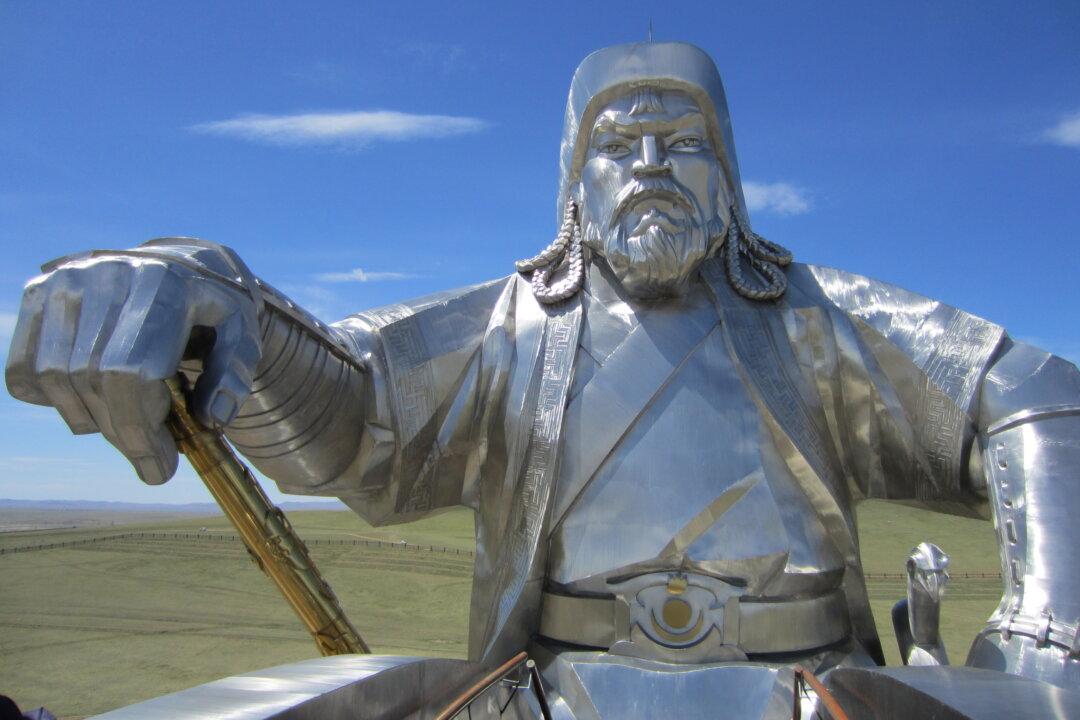Off the coast of Cornwall, at the southern tip of the UK, on a clear day, the Isles of Scilly can be seen at some distance. Those islands, some say, are the peaks of a sunken land that was a prosperous kingdom in the days of yore.
Others say this legendary kingdom, known as Lyonnesse, was not in the location of the Scilly Islands, but rather between those islands and the mainland—a bridge of land connecting the two. Still others say Lyonnesse was actually a place in France, directly across the English Channel from Cornwall, known as Saint-Pol-de-Léon in Brittany.

Some say Lyonnesse was a single landmass, now broken up into islands (the Scilly Islands 30 miles off Cornwall's coast) by a rising sea. Some say Lyonnesse was a land bridge between St. Michael's Mount in Cornwall and the Scilly Islands. Some say "Lyonnesse" refers to the region of Saint-Pol-de-Léon, France. Google Maps



